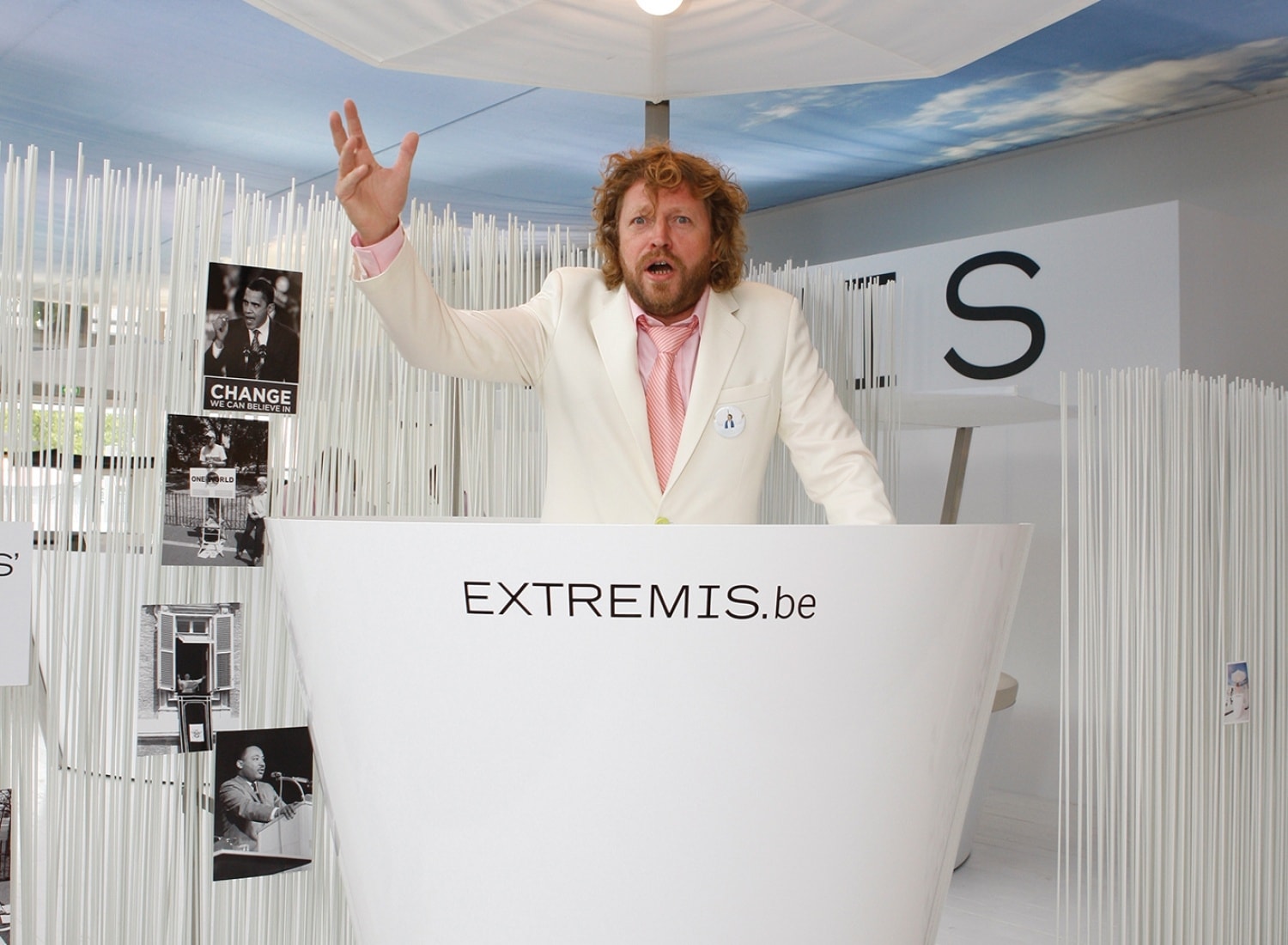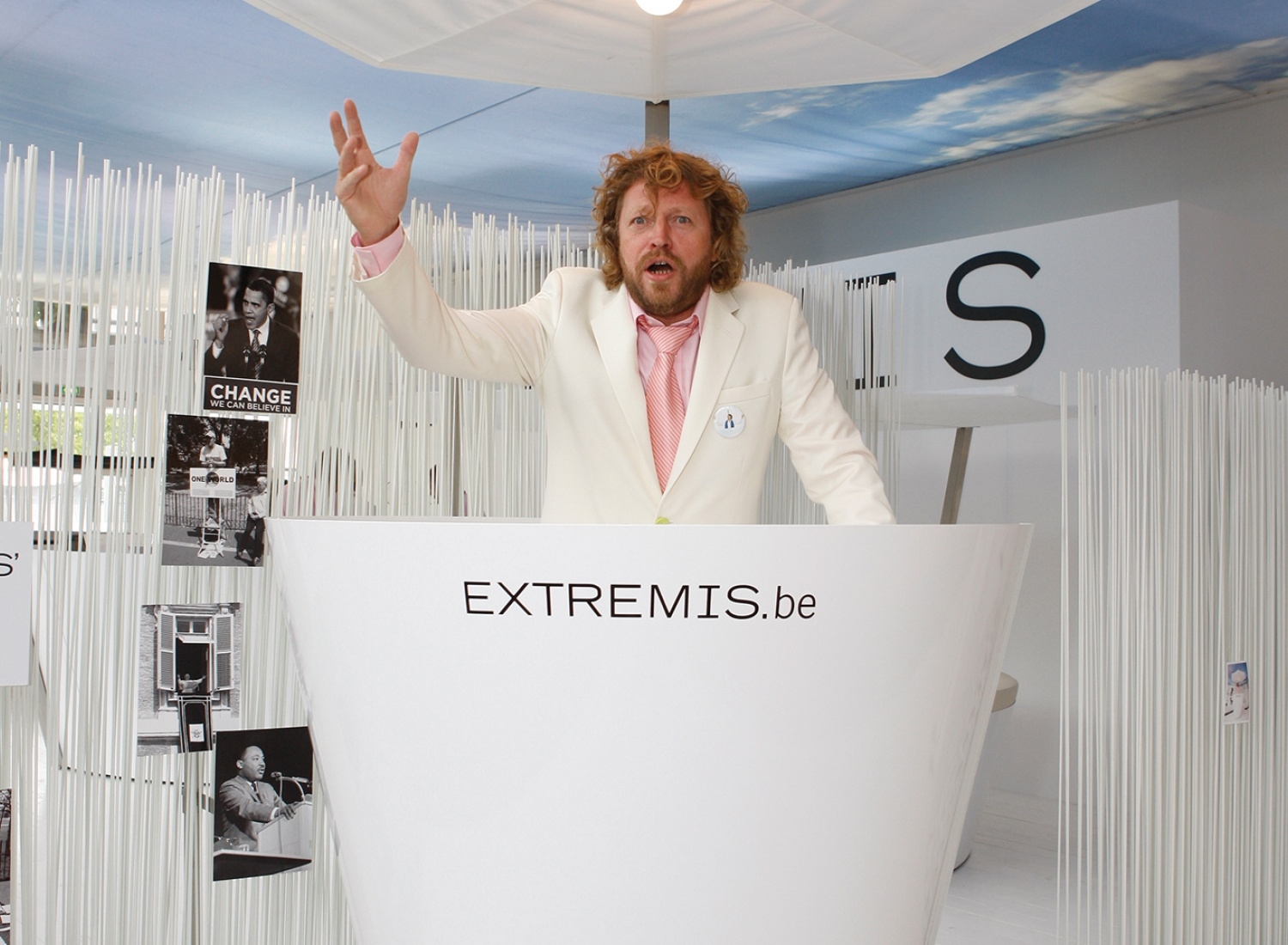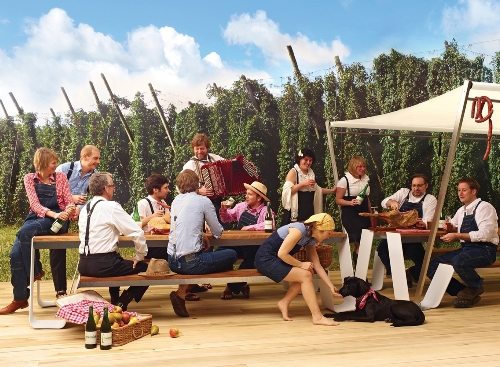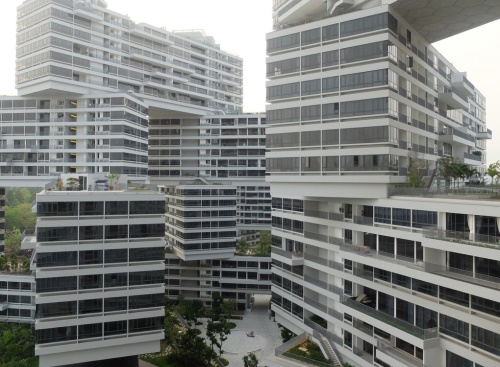
Belgian design brand Extremis is conquering the world with its outdoor furniture, made in silent Poperinge. Founder Dirk Wynants, a born and bred Campinian, found his winning formula in the combination of innovation, aesthetics and functionality. “It has always been our ambition to deliver ‘classics for the future’.”

Today, you live in West Flanders but your roots are Campinian.
Dirk Wynants: “My parents live in Gierle and I was born in Turnhout, where I also went to school. During my studies in Ghent, I met a girl from West Flanders and I followed my heart. Some people say there are many similarities between West-Flemings and Campinians in terms of mentality. I doubt if there is such a big difference with other regions. Whenever I am presented here as an example of the hardworking West Fleming, I’ll subtly notice that I’m actually a proud Campinian (laughs). "
What did you study?
Dirk Wynants: “Interior architecture, at Sint-Lukas. Within the program, I quickly became interested by furniture design. It falls nicely between product development and architecture. When I wanted to start my own business, I noticed there was quite a range of interior furniture. It was impossible to produce work which was as good and cheap as the products made by the big boys. When I myself went looking for outdoor furniture, I soon found out that there was a hole in the market. Even today, our designs try to give an answer to the question what could be done better.”

With such a philosophy, it is almost a must to design innovative furniture.
Dirk Wynants: “If it’s not innovative, I’m not interested. Such new designs will obviously not appear out of the blue. I can describe what each piece of furniture was inspired by but that mostly became clear only afterwards. Six months after I went sailing again, I designed the Kosmos. Hopper came after the construction of my hop field here in the garden, with piles which have a structure not unlike the one we used for the Hopper.”
“As a designer you have to be interested in everything and gain experience so you can cultivate and feed an attitude, a gut feeling. Our newest product, the Sol+Luna, took ten years to be produced. In retrospect, adding a back rest to a sun bed so that it becomes a sofa is a silly, simple idea. But you don’t get that idea without all those years of preparation. You’re designing all your life, until at some point it all coincides.”
Classics for the future
What are the prerequisites that make a good design?
Dirk Wynants: “You need to find the balance between various aspects, while trying to aim for the highest possible level without scoring badly on one of those aspects. Functionality and ergonomics are important but you need to keep an eye on the aesthetics and the financial side just as well. Since I am both designer and manager, I have the advantage of knowing several aspects, from accounting up to marketing. It is ingrained in me to take this into account in a new design.”

“We also pay much attention to the ecological. Recycling is good but not having to recycle is still better. The apartment building Interlace in Singapore was recently elected Building of the Year 2015. Our Gargantua, which I first made more than twenty years ago, was used in the public areas. Good designs remain relevant. Hence, it is always our ambition is to bring out ‘classics for the future’.”
What furniture do we find in an outdoor designer’s home?
Dirk Wynants: “A lot from Extremis (laughs). The only thing that does not come from the company is a Grand Piece sofa from Flexform. A classic choice but a very comfortable seat, not unimportant for someone who measures 1m90, like me. Our six-meter-long table is a unique piece, made by my father and my son. It consists of oak beams which my father used to use to decorated ceilings. But the centerpiece in our house is the Kosmos. "


From Tate Modern to Google
Your own designs can be found on the terrace of Tate Modern and at the headquarters of Google, do you sometimes take time to take it all in?
Dirk Wynants: “These are obviously things you do not realize in one day, it happens gradually with an award here and a realization there. I had to count them the other day and appearantly we have won fifty international awards with our designs. Those are nice recognitions from people in the professional field. If our furniture is bought by famous names, that is fantastic. But I find it equally fantastic when a private individual takes the trouble to write me an email about how happy he is with any of our products, for which he probably had to save for a long time. We do not make furniture to show it but to sell it.”

